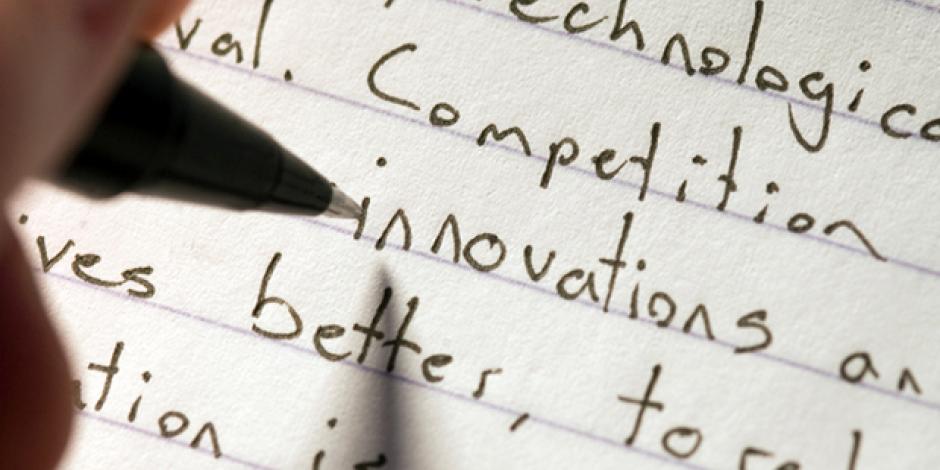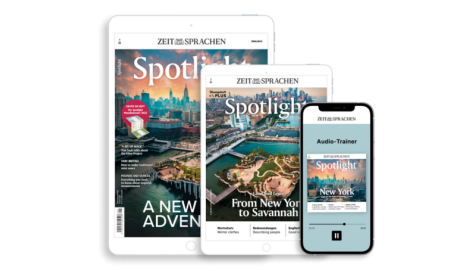How to use superlative adjectives? Adrian Doff presents and explains this key point of grammar with notes on a short dialogue. Read the dialogue and the explanations and try the exercises below.
Dialogue and explanation (please click on the arrow to expand)
DIALOGUE
Lucy is reading an article about safe and dangerous cities.
Lucy: It says here that Tokyo is the safest (1) city in (2) the world.
Magda: How do they know that?
Lucy: It has the lowest (3) crime rate.
Magda: Do they say what the most dangerous (4) city is?
Lucy: Yes, San Pedro Sula in Honduras. It has the highest murder rate in the world — three a day on average. And apparentlyoffensichtlichapparently, the safest city for women to visit is Reykjavik in Iceland.
Magda: It may be the safest, but I bet it’s also one of the wettest (5). I went there last year, and it rained the whole time. It was the worst (6) holiday I’ve ever had (7).
Lucy: Maybe you should go to San Pedro Sula, then. It’s probably more exciting.
EXPLANATIONS
-
Lucy uses the superlative form of the adjective “safe”: the safest. It means “safer than all other cities”.
-
After superlative adjectives, the preposition in is often used.
-
This is another example of a superlative adjective. With short adjectives, the superlative form ends in -est (safe → safest; low → lowest).
-
With longer adjectives (three or more syllables), the superlative is formed by adding the most (dangerous → the most dangerous).
-
Magda describes Reykjavik as one of the wettest cities. (= There may be other cities that are just as wet.)
-
The worst is the superlative form of bad. It is irregular (bad – worse – the worst).
-
To talk about experiences, superlatives are often used with ever + present perfect tense (see “Beyond the basics” below).
REMEMBER
-
The superlative of adjectives with one syllable is formed by adding -est: (high → the highest; safe → the safest; wet → the wettest).
-
The superlative of adjectives with three syllables or more is formed by adding the most: (dangerous → the most dangerous; interesting → the most interesting).
-
The superlative of adjectives with two-syllables may end in -est, or the most may be added.
-
With adjectives ending in -y, the -y is always changed to -i and -est is added: (easy → the easiest; friendly → the friendliest).
-
With adjectives ending in -ful, most is always added: (useful → the most useful; helpful → the most helpful).
-
A few adjectives are irregular: (good → the best; bad → the worst; much → the most).
BEYOND THE BASICS
- To emphasize an experience, superlative adjectives are often used with ever + present perfect tense:
- She’s the most interesting person I’ve ever met.
- It was the most exciting city I’ve ever visited.
2. To make a superlative adjective even stronger, you can add easily or by far:
- He’s easily the best student in the class.
- It was by far the most expensive dish on the menu.
Now, test your knowledge with the exercises below.
Neugierig auf mehr?
Dann nutzen Sie die Möglichkeit und stellen Sie sich Ihr optimales Abo ganz nach Ihren Wünschen zusammen.



